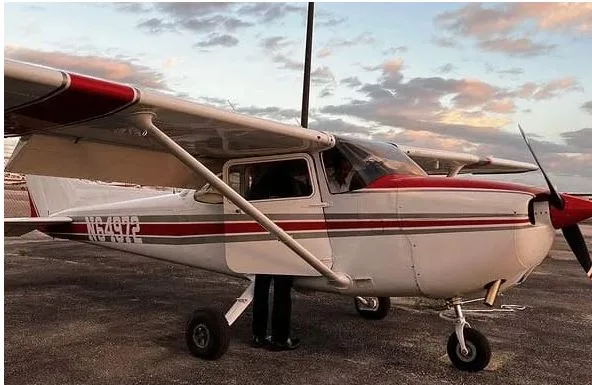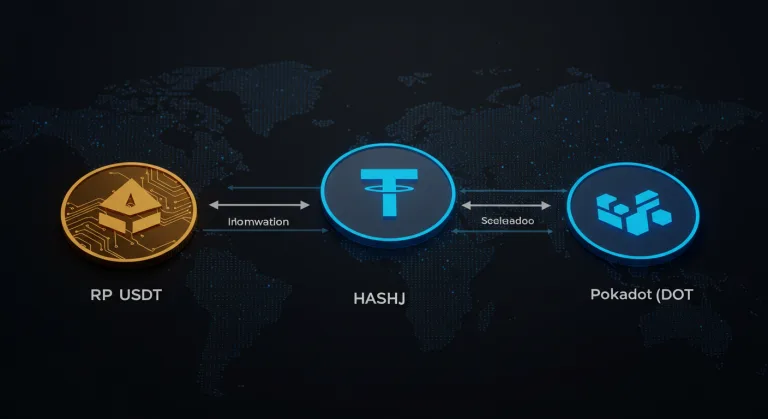How Snowboarding Skills Can Help You Become a Pilot
Have you ever carved down a mountain on your snowboard and felt the exhilarating freedom of movement? Now, imagine translating that same thrilling sensation to the open skies. This guide explores how your snowboarding skills can provide a surprising yet solid foundation for a career in aviation, especially through flight training in Florida’s ideal weather conditions. Discover how your passion for adventure and balance on the slopes can help you take flight and reach new heights.
Introduction to the transition
The connection between snowboarding and flying
The connection between snowboarding and flying may not be immediately obvious, but both activities share some surprising similarities. In particular, snowboarding fosters skills that can be beneficial for aspiring pilots, such as:
- High levels of balance and coordination
- Exceptional spatial awareness
The agility and quick reflexes honed on the slopes can significantly improve your response time in the cockpit. The mental focus needed to navigate a challenging run on a snowboard is surprisingly useful when you prepare for flight.
Why choose to become a pilot?
Choosing to become a pilot opens doors to an exciting career path, offering benefits that extend far beyond the thrill of flight. A career as a pilot provides several advantages, including:
- Opportunities for travel, personal growth, and a sense of accomplishment.
- Job security and a competitive salary.
According to the Bureau of Labor Statistics, the aviation industry is projected to grow, making it an attractive profession.
Overview of pilot training
Pilot training involves a comprehensive program covering both theoretical knowledge and practical flight experience. The initial steps to becoming a pilot generally include:
- Becoming a student pilot and passing a medical exam.
- Attending ground school to gain necessary aviation knowledge, including meteorology, navigation, and aircraft systems.
Flight training then involves accumulating flight time with a certified flight instructor, preparing you for the pilot certificate. Successful completion leads to various pilot licenses, such as private pilot and commercial pilot certificates.
Skills transfer from snowboarding to piloting.
Balance and coordination
Balance and coordination are essential skills for both snowboarding and piloting. Snowboarders develop a keen sense of body awareness and the ability to maintain equilibrium in dynamic environments. These skills are directly transferable to controlling an aircraft, where precise movements and coordination are crucial for safe and smooth flight. These transferable skills will help you prepare for more advanced flight training.
Spatial awareness and decision making
Spatial awareness, honed by navigating diverse terrains while snowboarding, directly translates to the skies, where understanding your aircraft’s position relative to the ground and other aircraft is paramount. Snowboarders frequently make split-second decisions based on changing conditions, a skill that is essential for pilots who must respond quickly to unexpected events. This is a useful background for any aspiring athlete hoping to transition into an aviation career.
Risk management in extreme sports
Snowboarding, like aviation, involves inherent risks that require careful assessment and mitigation. Snowboarders learn to evaluate conditions, make informed decisions, and manage risks to ensure their safety on the slopes. This risk management mindset is invaluable in aviation, where safety is the top priority. Learning to anticipate and react to potential hazards is a key skill for any pilot, helping you to prepare for emergencies and maintain a safe flight environment.
The steps to become a pilot
Choosing the right flight school
Selecting the is a crucial first step for anyone looking to. Look for a with experienced, a modern fleet, and a strong record. Consider factors such as location, cost, and the availability of specific programs. Choosing the for you is important and will you excel in you.
Understanding flight training programs
programs vary in structure and duration, depending on the type of you seek. Typically, a program includes, with a, and solo time. The goal is to develop the necessary, and experience to safely and confidently. These offerings prepare you for your from to flying.
Cost to become a pilot
They can vary widely depending on the and type of desired. Factors influencing the include rental fees, instructor fees, and study materials. Securing funding or exploring scholarship opportunities can significantly reduce the financial burden. They shouldn’t deter you, because becoming a can you a fulfilling in.
Types of pilot licenses
Private pilot vs. commercial pilot
The allows you to for personal enjoyment and transportation, but not for compensation. The, on the other hand, enables you to for hire, opening up possibilities for such as or aerial photography. The from too often involves additional aid.
Becoming an airline pilot
This requires accumulating a substantial amount of, including cross-country, night, and instrument time. Many aspiring attends an to expedite there. The of this path is a well-defined track toward your, with access to partnerships and resources.
Challenges and solutions for snowboarders
Overcoming fear of heights
For some, the two piloting may present a challenge: the fear of heights. While keeps you grounded, involves soaring thousands of feet above the ground. To combat this, gradual exposure can help. Start with shorter and slowly increase altitude, allowing yourself to acclimate to the new perspective. Remember your background and, your adventurous spirit as a is in overcoming fear.
Time management for training
Balancing with existing commitments requires effective time management. Dedicate specific blocks of time each week for aid . Prioritize tasks and create a realistic schedule that accommodates both your personal and responsibilities. Efficient time management can you progress steadily toward earning your, a necessity to.
Finding support within the aviation community
The community is known for its camaraderie and support. Connect with other and experienced through local associations or online forums. Sharing experiences, seeking advice, and forming study groups can greatly enhance your experience. Building a support network will you navigate the challenges of and foster a sense of belonging within the community.
Expert insights and testimonials
Interviews with transitioning pilots
Gain valuable insights by listening to the of who have successfully made the from or other to. These interviews can provide practical tips and inspiration, highlighting the and challenges they faced along the way. Learning from their experiences can you for your own journey and refine your approach to.
Instructor recommendations for snowboarders
with experience teaching from action often have specific recommendations for entering. They may emphasize leveraging existing like, , and assessment to accelerate your curve. Look for an instructor who understands your background and can tailor their teaching approach to your unique strengths, which is a of a smooth.
Success stories from athletes
Numerous from various have successfully, demonstrating the feasibility of this. Their serve as inspiration and proof that dedication, hard work, and a passion for can lead to a fulfilling. These highlight the between and, encouraging other and to pursue their dreams in the.
Conclusion and next steps
Taking your first flight lesson
Taking your first is a thrilling and essential step towards. This introductory provides hands-on experience in the cockpit, allowing you to experience the sensation of firsthand. They will guide you through basic maneuvers and controls, giving you a taste of what entails. Embrace this opportunity to solidify your passion for.
Resources for aspiring pilots
A wealth of resources are available to aspiring navigate the process. The () website provides comprehensive information on regulations, requirements, and preparation. Pilot associations, online forums, and aviation publications offer additional support and guidance. Utilizing these resources can significantly enhance your understanding and increase your chances of success in your endeavors.
Connecting with a flight school in florida
If you’re looking to and enjoy sunny skies, consider connecting with a in Florida. programs offer a range of options, from private to , and the favorable weather conditions allow for year-round operations. Contact a reputable like [Insert Flight School Name Here – e.g., “Sunrise Aviation Academy”] in Florida to learn more about their and take the first step toward your. You can from to the sky in the in , where you will exceptional .





